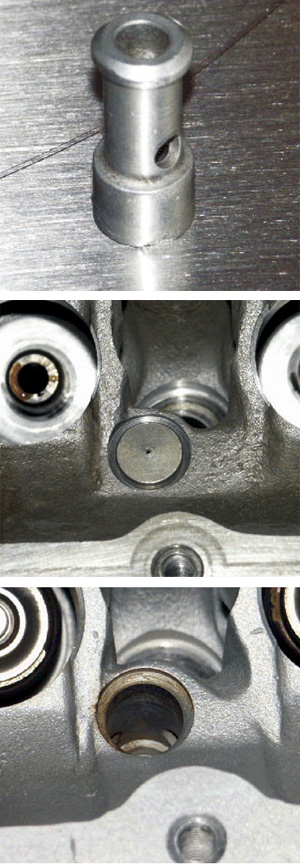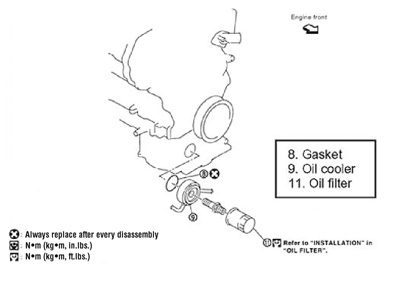Engine Builders: One of the great debates in automotive service is oil drain intervals. The correct oil change interval is the one prescribed by the engine manufacturer that can be found in a vehicle owner’s manual. Oil drain interval is determined by the engine type, drive train, vehicle type and expected use. Each OEM tests its own vehicles to determine the proper drain interval.
Some OEMs may have changed to longer drain recommendations as engines and motor oils are far more advanced over those produced even a few years ago. However, this is not always true, so you should check the owner’s manual for the specific drain interval for every vehicle.
Understanding the type of driving a customer does with their vehicle is also beneficial. Generally speaking, most consumers drive a severe cycle of short trip or stop and go type service and using the severe service drain interval is recommended.
With summer here and travel increasing, people that use their car, SUV or light duty truck for towing should also follow recommendations for severe service.
There is not a downside to more frequent oil changes. A shorter drain will provide the best defense against harmful engine deposits, better oil consumption control, improved fuel economy and lower wear on engine parts. More frequent oil changes may also help vehicle owners discover a more serious engine problem such as a coolant leak before serious damage occurs.
Engine deposits and wear are slow, sure killers of performance and engine life. In most cases, by the time owners are aware of an issue, the damage has been done and often cannot be reversed without an engine rebuild. Changing the oil in a vehicle at the appropriate drain interval is the easiest, most cost effective insurance against lubricant related engine damage.
– Provided by Pennzoil
Engine Builders: The AERA Technical Committee offers the following information on sudden loss of oil pressure for 1995-2005 Ford 2.0L VIN 3 and Z engines. The loss of pressure can occur at any time, but has been reported most often after cylinder head work has been performed.
This engine uses a valve to direct, complete and restrict the oil in an internal oil gallery within the head. On occasion, this component has been mis-located or come out of its bore entirely. As a result, valve train noise and oil pressure loss will occur. Several shops have commented they’ve also seen excessive cam bore wear on these cylinder heads.
To thoroughly clean this oil gallery during cylinder head rebuilds, the restrictor valve should be removed. It is secured in the head by an interference fit, which may be compromised if the cylinder head has become overheated. A new valve would be the proper choice during reassembly and it should be secured in the head with a locking compound. Availability of a new restrictor valve may be limited. Calls to local dealers for the Ford p/n 928M-6801-AC to obtain one has been unproductive. AERA is aware of one shop that has a limited supply of these valves. Contact the AERA Technical Department if you have trouble obtaining one.
Some engine builders have reported that they have successfully used valves from discarded heads in this situation.
Engine Builders: The AERA Technical Com-mittee offers the following information concerning an engine oil leak on 2002-2007 Nissan 3.5L VQ35DE engines. These oil leaks have been reported to be coming from the front of the engine.
To determine if this information is applicable, inspect the engine oil filter, engine oil cooler and the oil cooler gasket (Figure 2). To do so, use Fluorescent Oil Dye J-28431-6 and a Black Light from the A/C Leak Detection Kit J43926 to determine which component is leaking.
If the oil is leaking from the oil filter or engine oil cooler housing, this bulletin does not apply.
If the oil is leaking from the oil cooler rubber gasket, replace the rubber gasket.
Do not replace the complete engine oil cooler assembly.
The rubber oil cooler gasket is currently available from Nissan using p/n B1304-43U00. AERA is unaware of any aftermarket supplier for this gasket.















